RICE tariffs will be higher once importation resumes next year, Agriculture Secretary Francisco Tiu Laurel Jr. told reporters on Thursday.
"One thing is for sure, it will not be 15 percent," he said.
The duty was slashed to 15 percent from 35 percent last year via Executive Order 62, which modified the import duties for several commodities, in a bid to lower prices and curb inflation.
This year, President Ferdinand Marcos Jr. also ordered a two-month suspension of rice imports to boost farmer incomes. Originally set to end at the start of November, the halt has since been extended to the end of 2025.
Earlier this week, the Department of Economy, Planning, and Development announced the approval of a gradual and flexible rice tariff adjustment starting next year.
Tiu Laurel said the country would need to start importing rice again by January to ensure that there is enough buffer stock before the next harvest season.
However, he said that he was not advocating for the immediate reimposition of the 35-percent rate.
"I guarantee you, once we start buying, the international prices will rise," he said.
"So if we immediately impose the 35 percent, once we start buying, its (rice’s) $450 [per ton] price will rise by a minimum of $50 more in the international market.”
Consumers will also have to bear the burden of the spike in prices.
Tiu Laurel said nothing was final yet as "everything is dynamic, everything is fluid" at the moment.
He added that they were looking at whether the country's importers can negotiate early so that rice prices would be locked or would remain at $450/ton.
"What's important is that we can empower consumers," Tiu Laurel said.
"We will decide accordingly to protect both our farmers and our consumers.”
Tiu Laurel said they would have to decide on an internal target rate for rice tariffs by Dec. 15.


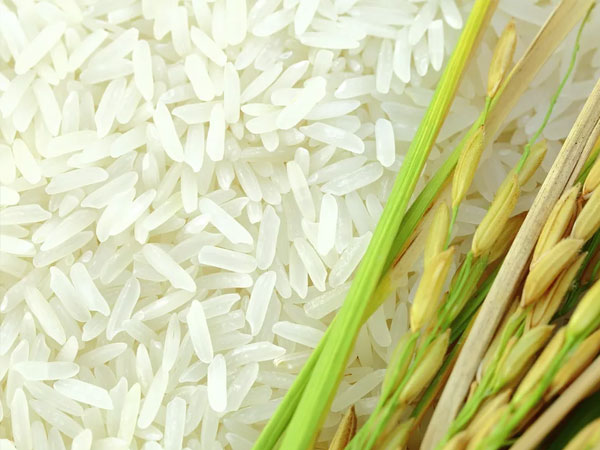
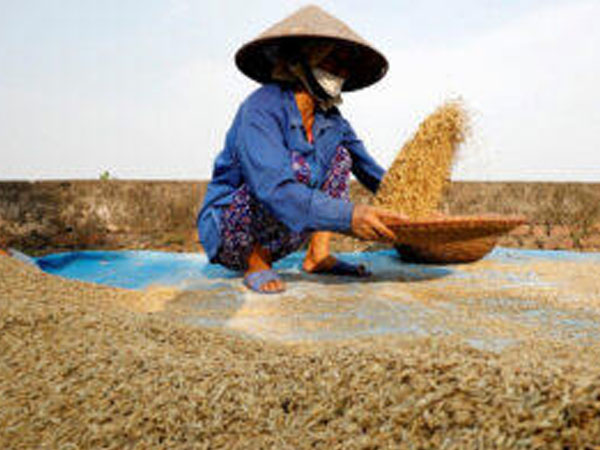

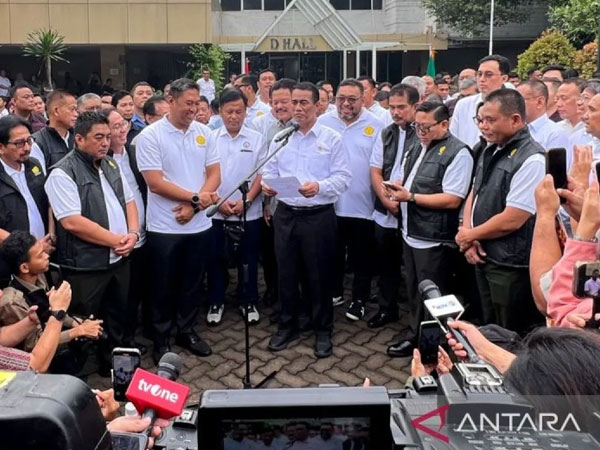
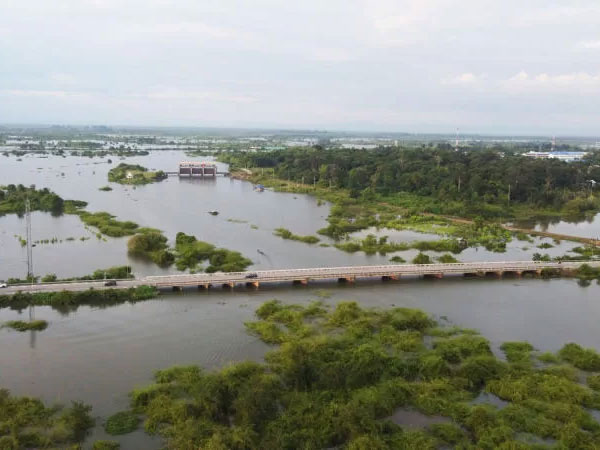


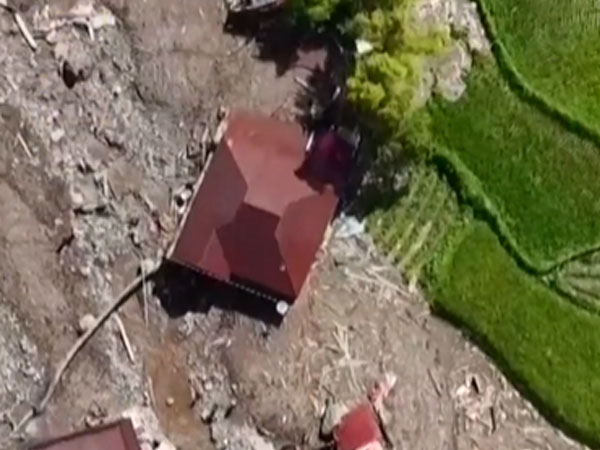
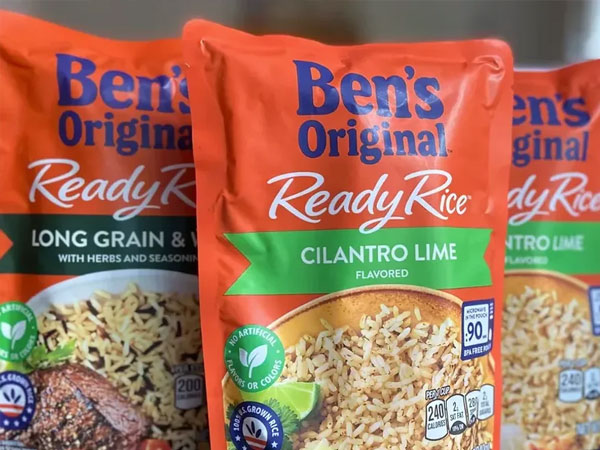



© Copyright 2025 The SSResource Media.
All rights reserved.